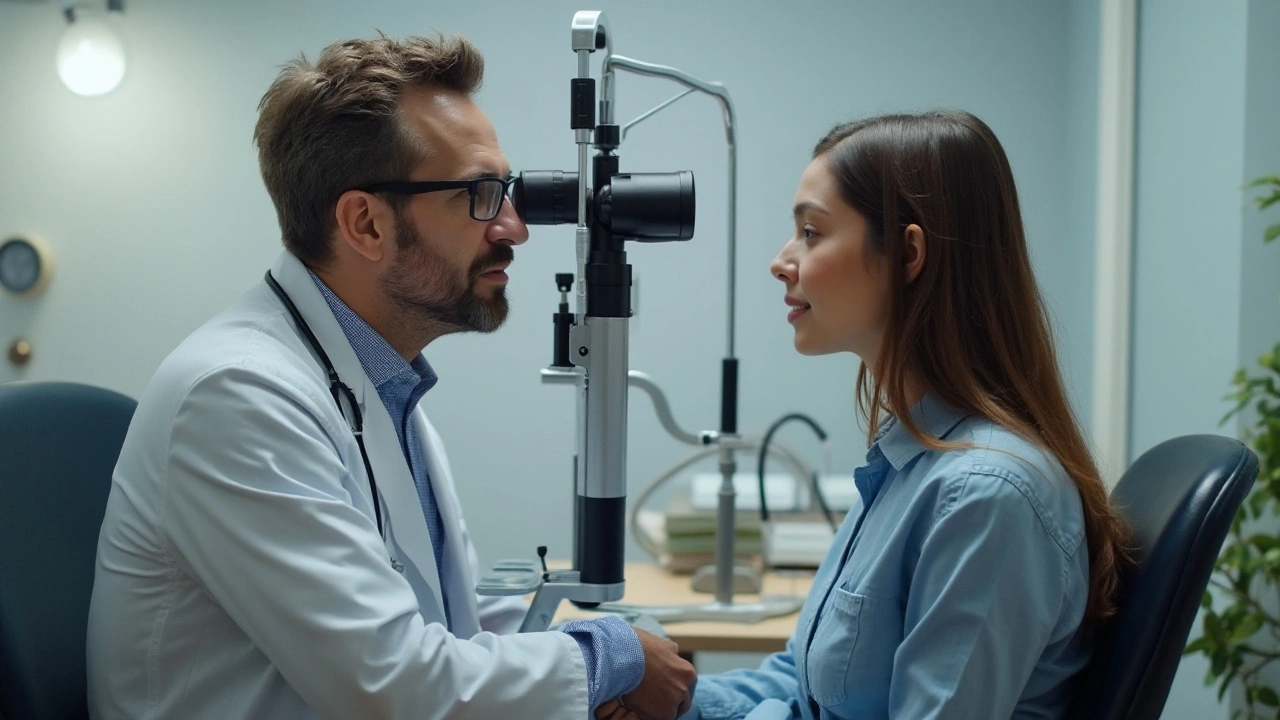Eye Medications – What You Need to Know
Seeing clearly is something most of us take for granted, until a red eye or blurry vision shows up out of the blue. The good news is that many eye problems can be fixed with the right medication. Whether you need a drop for dry eyes or a prescription for glaucoma, knowing the basics can save you a trip to the doctor later.
Types of Eye Medications
Most eye meds come as drops, but there are also ointments and oral pills. Lubricating drops (often called artificial tears) are the first line for dry‑eye symptoms. They simply add moisture and are usually safe to use anytime.
Antibiotic drops treat bacterial infections like conjunctivitis. They work fast, but you should finish the whole bottle even if the redness fades.
Anti‑inflammatory drops contain steroids or non‑steroidal agents. They calm swelling after surgery or injury, but only a doctor should prescribe them because long‑term use can raise eye pressure.
Glaucoma meds such as timolol or latanoprost lower the fluid pressure inside the eye. Missing doses can quickly raise the risk of vision loss, so set a reminder.
Some conditions need oral medications. For example, oral antibiotics can help with severe infections that affect the eye, and oral antihistamines can relieve itchy, watery eyes caused by allergies.
Finally, antihistamine drops are great for allergy‑related redness and itching. They work fast and are usually available without a prescription.
Using Eye Drops Safely
First, wash your hands. A clean start prevents germs from getting into the eye. Next, tilt your head back slightly and pull down the lower eyelid to make a small pocket.
Hold the bottle close but not touching the eye. Squeeze gently to release one drop. Close your eye for about 30 seconds and press the inner corner with a finger. This helps the medicine stay inside instead of draining into the nose.
If you need more than one type of drop, wait at least five minutes between them. That gives each medication time to absorb and work properly.
Store drops in a cool, dry place and check the expiration date. Some drops, especially those without preservatives, need refrigeration after opening.
Watch for side effects. A stinging sensation, blurred vision, or increased redness could mean the drop isn’t right for you. If any of these happen, stop using the medication and call your eye care professional.
When you travel, bring a small travel‑size bottle instead of the full one. Airline regulations often limit liquid size, so plan ahead.
Remember, over‑the‑counter does not always mean safe for everyone. People with glaucoma, recent eye surgery, or contact lenses should double‑check with a doctor before using any new drop.
Bottom line: the right eye medication can clear up discomfort fast, but using it correctly matters just as much as picking the correct type. Keep these tips in mind, and your eyes will thank you.

